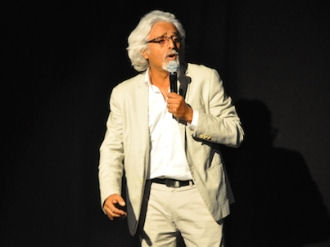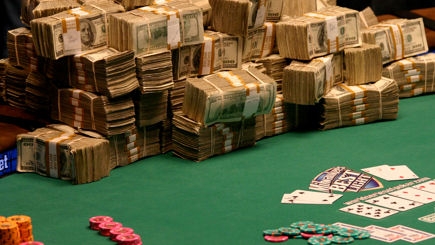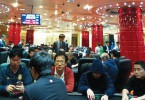If there is one word all poker players have a particular fondness for, it is “guarantee”. Widely used by tournament organizers the world over, a “guarantee” refers to a certain amount of money the tournament organizers promise will be available for players to win – be it a guaranteed total prize pool or a guaranteed first prize. For example, a tournament with a $5,000 buy-in (exclusive of the customary additional house entry fee) might advertise a “Guaranteed $1 million prize pool”. This means organizers would need at least 200 players to register in order to cover the guarantee, and although there are plenty of pluses in advertising guaranteed prize pools, the flip side is that even if they attract fewer than 200 runners, tournament organizers must honor their guarantee.

For players, there really isn’t any downside to a guarantee. If all goes well, and say 400 players register, the prize pool rockets to $2 million which means there is twice as much money available to be won. And if things go “badly” with only 100 players registering, the $1 million prize pool still stands but players have fewer opponents they need to outlast to take the top prize. This is known as an “overlay” and is another word poker players love to hear. The overlay is why the word badly in the previous sentence is in quotes, it’s certainly a bad thing for the organizers but quite the opposite for the players!
Not surprisingly, there are plenty of examples of tournaments over-estimating the lure of a guarantee including the Asia Pacific Poker Tour (APPT) which started off with a bang in 2007 but soon learnt its lesson. In 2007, the inaugural APPT season culminated with the AU$6,300 grand final in Sydney (of which AU$6,000 from each entry fee went into the prize pool). This event had a guaranteed AU$1 million first prize and with 561 players creating a prize pool of AU$3,366,000 it worked out just about right given the winner of any tournament generally wins about a third of the pool.
But one year later the same event with the same guarantee attracted just 477 players for a prize pool of AU$2,862,000. This didn’t affect the winner, Martin Rowe, who was guaranteed his $1 million but it meant the remaining pool for the other 476 players was significantly reduced. The APPT dumped the guarantee the following year.

Patrick Partouche discovered the dangers of a guarantee
The drama began when organizers announced the field of 580 players had created a total prize pool of €4.3 million, then insisted players were mistaken when the small matter of the original €5 million guarantee was raised
Of course, the players weren’t going to fall for that one and produced multiple advertisements from various websites which showed quite clearly that organizers had indeed guaranteed €5 million. What resulted was a stunning verbal attack on the players by Partouche himself which finished with the following statement.
“The Partouche Poker Tour bears my name – that of my family. I will not accept and my staff will not accept that people can say ‘Partouche are thiefs’, ‘Partouche are cheats’. As a result, this week you attended the last edition of the Partouche Poker Tour.”
No doubt there is a lesson in the Partouche saga for everyone.







